Compliance with chewing constraints
>Flexural strength and modulus of elasticity close to dentins’ one
Inlay-core adapted to the anatomical shape of the root canal
Time-saving
>No opacification required when prosthesis manufacturing
Preparation of anatomical and aesthetic glass fiber post-and-core prosthesis elements using CAD CAM technologies.
> Flexural strength……990 MPa
> Elasticity modulus………..23.8 Gpa
Log in to your partner area to access additional documents
*Internal report, Itena Clinical , “Numerys GF”.
Here, we share our case studies, clinical studies and many other supports that will help you in your daily practice.
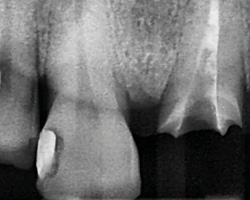
Dr. Gerard Duminil
X-ray of tooth 9 after placement of failing crown.
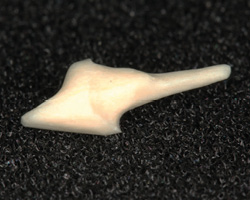
Dr. Gerard Duminil
Item after machining (Numerys GF).

Dr. Gerard Duminil
Try-out the model.
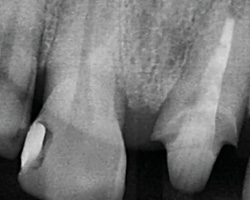
Dr. Gerard Duminil
Adaptation checked via X-ray.
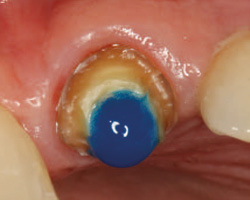
Dr. Gerard Duminil
Etching of canal with phosphoric acid.
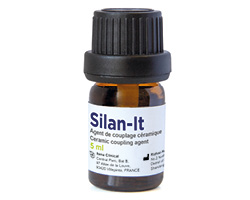
Dr. Gerard Duminil
Item is silanized before placing adhesive.
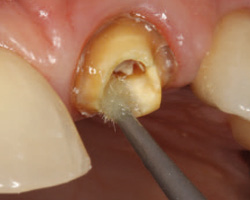
Dr. Gerard Duminil
In the canal, apply :
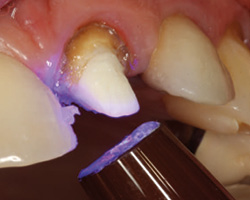
Dr. Gerard Duminil
Immediately after insertion, perform an initial rapid light curing to remove the excess resin cement, then perform a second, longer curing to ensure that the material has set properly.
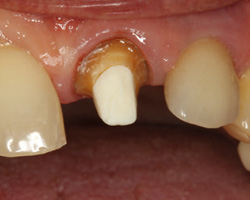
Dr. Gerard Duminil
Appearance of inlay core before crown impression
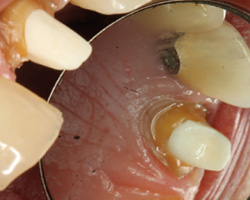
Dr. Gerard Duminil
Lingual view of adaptation

Dr. Gerard Duminil
Final appearance after placement of usual tooth.
This site is strictly reserved for oral health professionals.
By clicking “I confirm”, I certify I am an oral health professional.